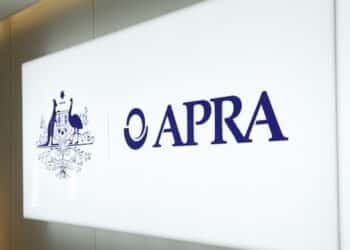Super funds have dipped their toes into the fight against modern slavery, but reports suggest there’s more to be done.
In a report marking one year since the introduction of the Modern Slavery Act, investment consultancy firm JANA said that the ongoing prevalence of slavery within modern supply chains remains a serious issue for everyone involved.
The firm found that approximately 5 per cent of superannuation funds reviewed conduct risk assessments of their supply chains that went beyond the first tier of their portfolio.
Internal measures to stamp out modern slavery also lagged, with just 45 per cent of surveyed funds having conducted internal modern slavery training.
Commenting on the report, JANA consultant Christopher Beattie reminded investors that modern slavery can occur in every industry and sector.
“While it is difficult to identify risks at the investee company level, the Australian superannuation industry have a material influence on the fight against modern slavery,” he said.
According to the United Nations and the Walk Free Foundation, there are an estimated 40 million victims of modern slavery around the world.
Mr Beattie said that super funds have an opportunity and obligation to use their size and influence to advocate against modern slavery.
“It is important for super funds and the investment industry as a whole to see the big picture and understand the expectations of their investors”, he said.
JANA found that just 15 per cent of surveyed superannuation firms to date took the step of producing a standalone modern slavery policy.
While Mr Beattie said that it was pleasing to see the majority of large superannuation funds elect to produce modern slavery statements, he emphasised the need for funds to go deeper in their analysis of their supply chains.
He said that this shows that the local superannuation sector is engaging with the issue but added that many super funds need to “dive deeper and conduct wider analysis within and across asset classes over time to try and identify any instances of modern slavery”.
“It is essential that risk assessments look further down the supply chain at tiers three and four and beyond, where instances of modern slavery are typically identified,” he said.







